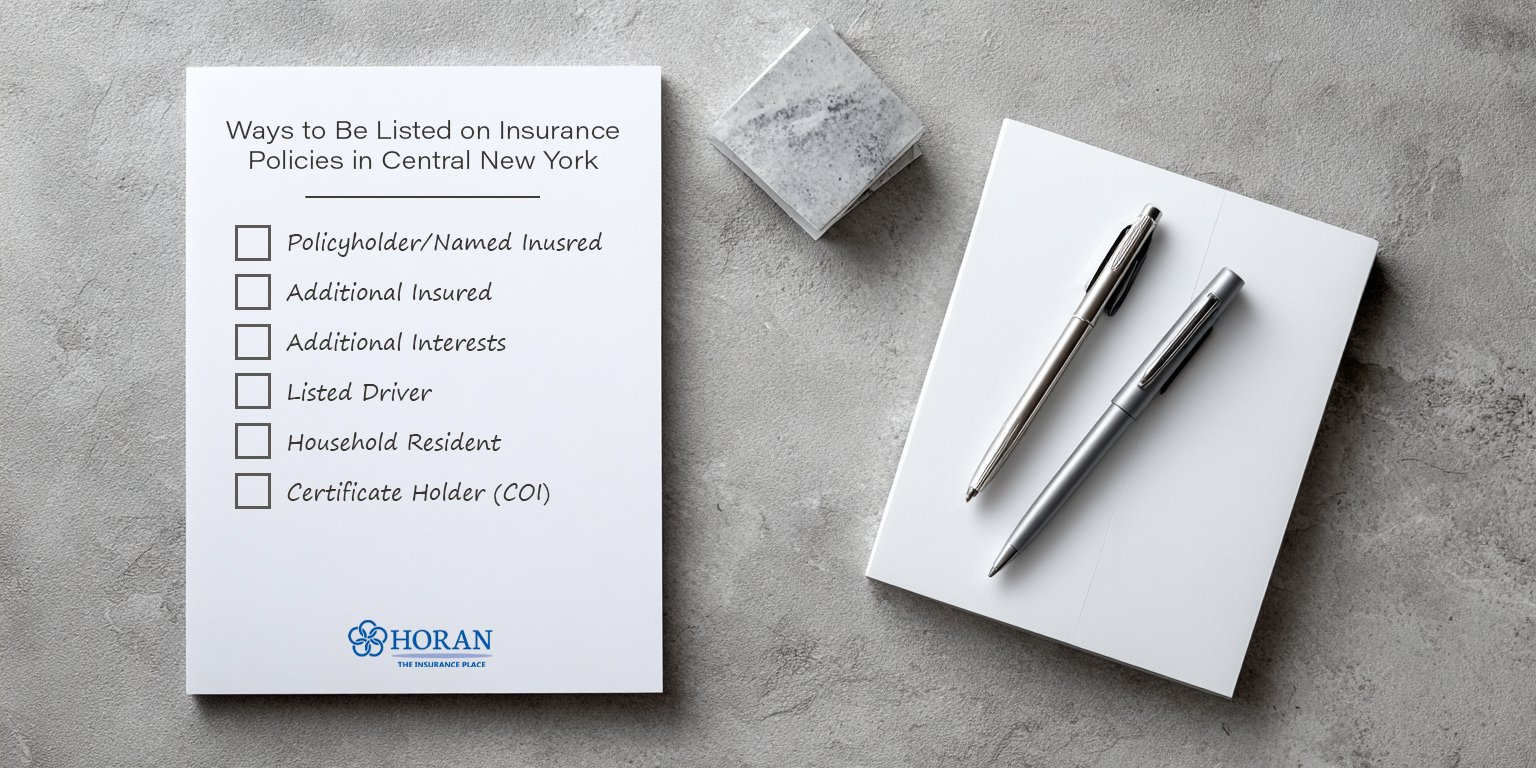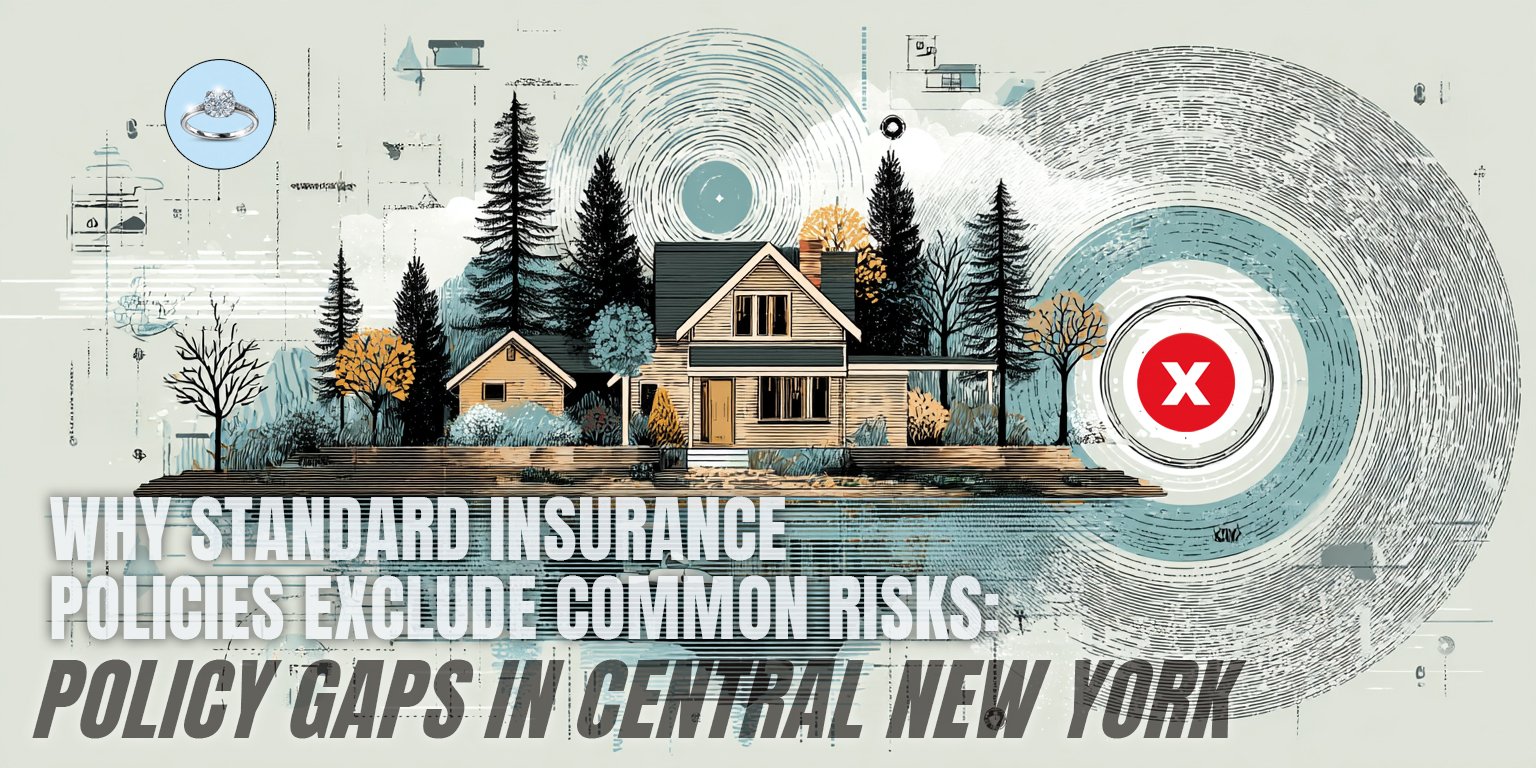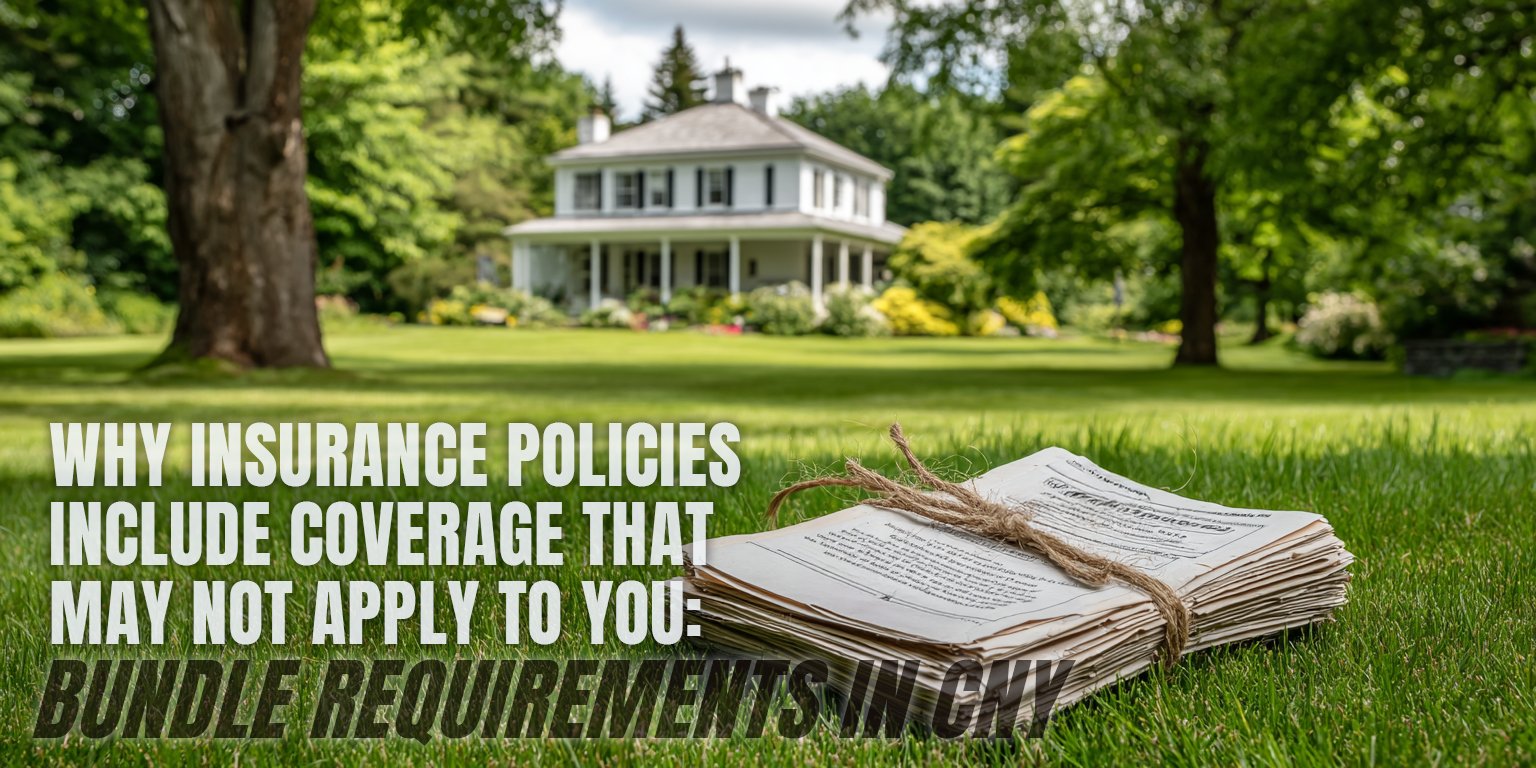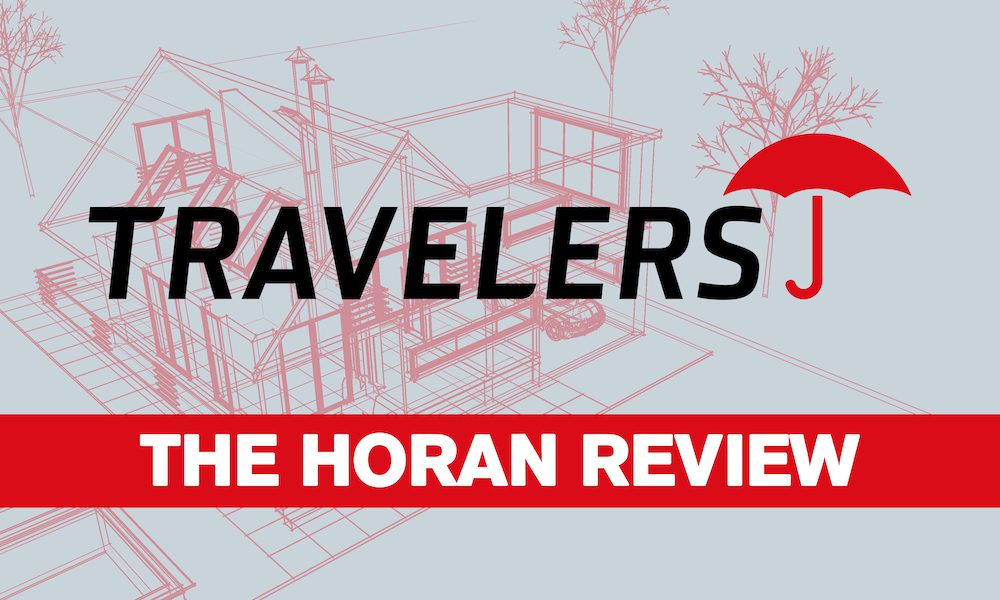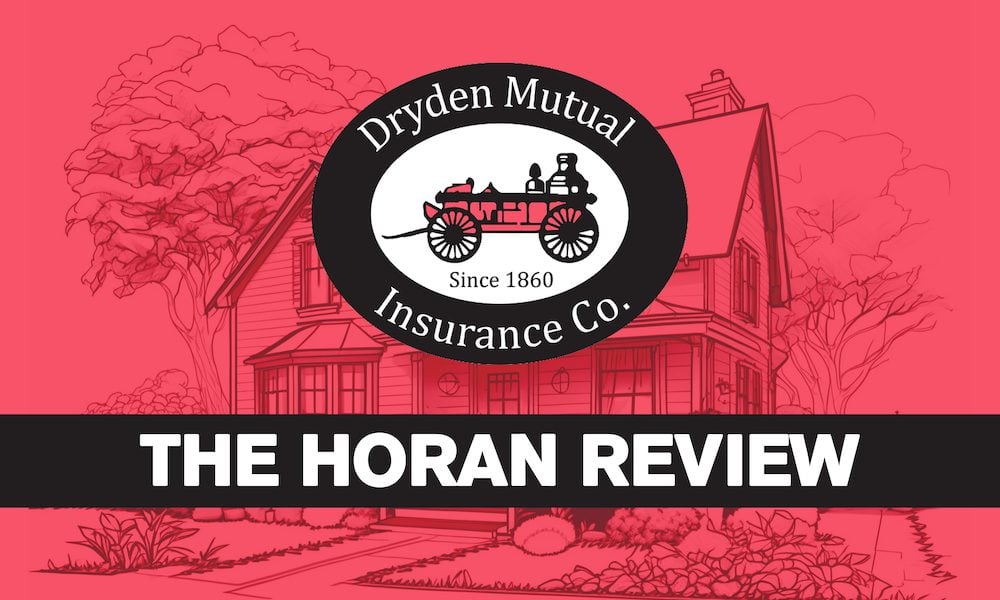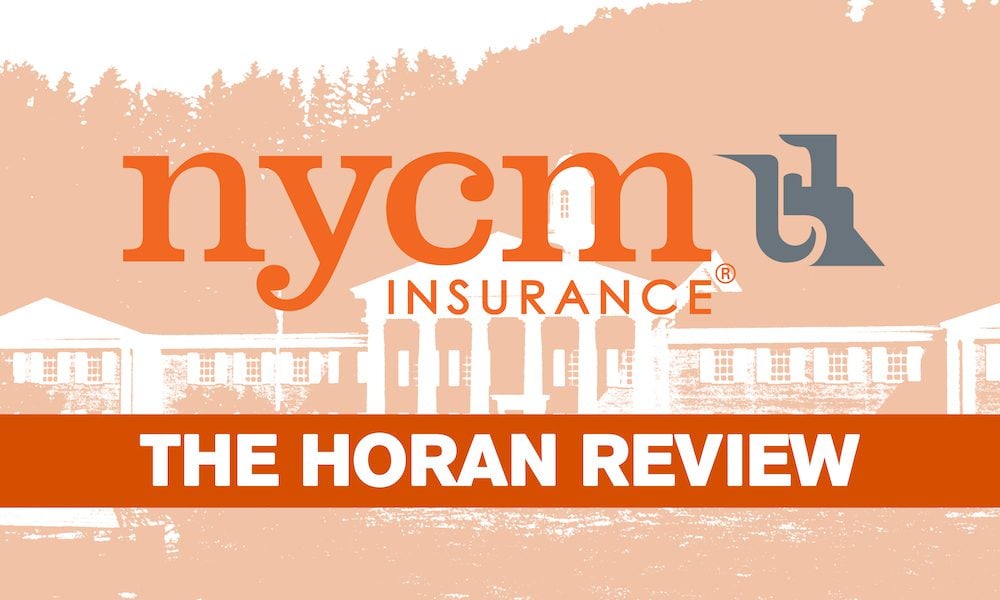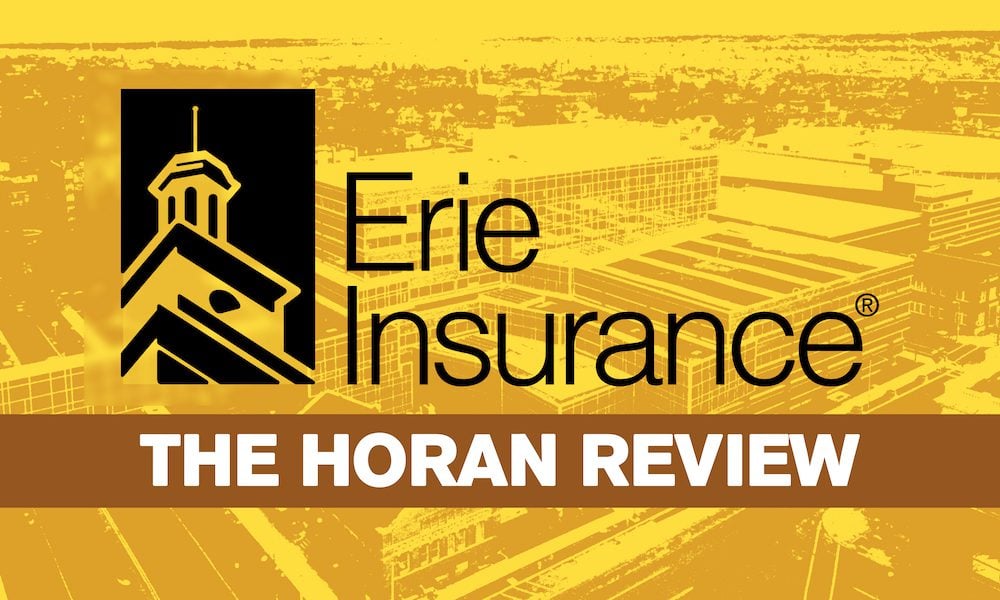CNY Weather Risk Management: How Central New York Businesses Can Address Seasonal Insurance Challenges
November 5th, 2025
9 min read

Running a business in Central New York means dealing with weather you can't control. Heavy snowfall shuts down operations. Ice storms knock out power for days. Frozen pipes burst overnight. When these events hit your business, you're left wondering if your insurance will cover the damage—and if you've missed something that could have been addressed.
At the Horan insurance agency, we work with business owners throughout Central New York to provide information about insurance considerations related to seasonal weather risks. We collaborate with several carriers to help businesses explore coverage options that may address their unique weather-related concerns.
In this article, we'll discuss how Central New York's distinct weather patterns create specific insurance considerations for businesses, which types of coverage may address different weather scenarios, and how to evaluate your current insurance against seasonal risks you'll face.
Understanding Central New York's Seasonal Weather Patterns and Their Impact on Business Insurance
Central New York experiences weather that creates distinct challenges for businesses. Winter brings an average of 100-130 inches of snow annually to many areas, with lake-effect bands creating dramatic variations even within the same county.
Spring thaw cycles can cause ice dams and water infiltration. Summer storms bring high winds and occasional hail. Each season presents different considerations for your insurance coverage.
Your business faces different risks depending on your location and operations. A retail shop in a historic downtown building deals with aging infrastructure that may struggle with heavy snow loads. A warehouse with a flat roof faces snow load and ice dam concerns.
A restaurant with outdoor seating needs to consider wind damage to structures and equipment. Manufacturing facilities worry about power outages disrupting production and potentially spoiling inventory.
These weather events don't just cause property damage. They interrupt your operations, prevent employees from reaching work, and keep customers from accessing your business. Some businesses lose days or weeks of revenue during extended winter storms or after severe wind and hail damage.
Understanding which insurance coverages may address these various scenarios helps you make informed decisions about your business insurance.
How Commercial Property Insurance May Respond to Weather-Related Building and Contents Damage
Commercial property insurance typically covers damage to your building and contents from specific weather events. In Central New York, this often includes coverage for wind damage, hail, and weight of snow or ice. Your policy will specify which perils are covered and any limitations.
Consider a business in Cazenovia that experienced roof collapse from accumulated snow. The building damage, lost inventory, and damaged business contents all fell under their property coverage. However, the policy had specific limits on certain types of property, and some items required separate scheduling.
Your property insurance policy contains several elements to review:
- Building coverage addresses damage to your structure itself. This includes the roof, walls, and any attached fixtures. If a winter storm damages your building, this coverage typically responds to repair costs, subject to your deductible and policy limits.
- Business personal property typically includes your inventory, furniture, fixtures, and supplies. When a roof leak damages your inventory, or high winds destroy outdoor structures, this coverage may apply.
Some property policies include limited coverage for building systems like HVAC units, but many businesses need to schedule high-value property separately to ensure adequate coverage limits.
When Business Interruption Coverage Becomes Critical During Extended Weather Events
Weather in Central New York can shut down your business for days or weeks. When a severe ice storm cuts power to your building, or when roof damage from heavy snow makes your location unusable, you're not just dealing with property damage—you're losing revenue while fixed expenses continue.
Business interruption insurance, also called business income coverage, may provide coverage for lost income during periods when you cannot operate due to covered property damage. This coverage typically requires direct physical damage to your property from a covered peril before it responds.
A manufacturing business in Auburn experienced this when severe winter weather damaged their roof, forcing them to close for repairs. While property insurance covered the building damage, business income coverage helped address lost revenue during the three-week closure.
The coverage included payroll for key employees they needed to retain, ongoing expenses like loan payments, and lost profits based on their financial records.
Business income coverage typically has a waiting period, often 48 or 72 hours, before coverage begins. It pays based on your actual loss of income, which insurers calculate using your financial records from before the loss. You'll need to provide documentation showing your typical revenue patterns.
The coverage period can vary. Some policies provide coverage until the property is repaired and you can reopen. Others include extended business income coverage, which continues for a period after you reopen to account for the time needed to rebuild your customer base.
Not all weather situations trigger business income coverage. If a major snowstorm makes your business inaccessible but causes no property damage, standard business interruption insurance typically won't respond.
Some businesses purchase contingent business interruption coverage, which may respond when you lose income due to damage at a supplier's or key customer's location, or civil authority coverage, which may provide limited coverage when government action prevents access to your business.
How Utility Service Interruption Coverage May Respond to Power Outages and Related Losses
Central New York businesses face frequent power outages during winter storms and summer thunderstorms. When you lose power for hours or days, the impact extends beyond the immediate inconvenience. Refrigerated inventory spoils. Computer systems go down. Manufacturing processes stop mid-cycle.
Standard business interruption coverage typically requires direct physical damage to your property before it responds. A power outage caused by a downed line half a mile away, even if it shuts you down for a week, usually won't trigger that coverage.
Utility service interruption coverage fills this gap. This optional coverage may provide business income coverage when you lose power, water, gas, or other utilities due to damage to the utility company's equipment off your premises. The utility company's equipment must suffer direct physical damage from a covered cause of loss.
A restaurant in Fayetteville used this coverage when a winter storm knocked out power to their area for four days. The outage spoiled their entire refrigerated and frozen inventory. Their utility service interruption coverage helped address the lost income and spoiled inventory because the power outage resulted from physical damage to utility lines.
This coverage typically includes a time deductible, often 24 hours. It won't respond to brief outages or to outages caused by utility company maintenance or planned shutdowns. The coverage applies only when the interruption results from property damage off your premises.
Businesses that depend heavily on continuous power—like restaurants, food retailers, medical facilities, or data centers—should evaluate whether utility service interruption coverage suits their situation. The coverage is typically inexpensive relative to the potential loss it may address.
What Equipment Breakdown Coverage Offers When Heating Systems and Infrastructure Fail
Winter in Central New York puts tremendous strain on building systems. Furnaces run constantly. Pipes freeze when heating systems can't keep up. Boilers fail under the stress of maintaining temperature during sub-zero cold snaps.
Standard commercial property insurance typically excludes mechanical breakdown. If your heating system simply wears out or a component fails, property insurance won't cover the repair. Equipment breakdown coverage may help address this gap.
This coverage responds when mechanical or electrical failure causes sudden damage to covered equipment. It typically includes the cost to repair or replace the damaged equipment, plus several additional coverages that prove valuable during winter failures.
When a boiler fails during a cold snap, equipment breakdown coverage may include:
- Repair or replacement costs for the failed equipment itself, subject to policy limits.
- Spoilage coverage for inventory damaged because of the mechanical failure. A frozen pipe breaks in your building, causing water damage to your inventory—this coverage may help address those losses.
- Business income coverage while the equipment is being repaired. If the failed heating system forces you to close while waiting for replacement parts, this coverage may help with lost income.
- Expediting expenses to get the equipment back in service faster. During peak winter season, HVAC contractors are overwhelmed with emergency calls. Paying premium rates for faster service can prevent extended closures, and equipment breakdown coverage may cover these additional costs.
An office building in Manlius had their heating system fail during a January cold snap. The repair took three days, during which the building was unusable. Equipment breakdown coverage addressed the system repair costs and the building owner's lost rental income during the closure.
How Water Damage Coverage Works When Frozen Pipes Burst and Snow Melts
Water causes some of the most common weather-related insurance claims in Central New York. Frozen pipes burst when temperatures drop. Spring snowmelt overwhelms drainage systems. Ice dams force water under roof shingles.
Commercial property insurance typically divides water damage into different categories, each with different coverage treatment.
 Water damage from burst pipes generally receives coverage under standard property insurance. When a pipe freezes and breaks, releasing water that damages your building or contents, this typically qualifies as a covered peril. The insurer covers the cost to repair water damage to your building and property, subject to your deductible and policy limits.
Water damage from burst pipes generally receives coverage under standard property insurance. When a pipe freezes and breaks, releasing water that damages your building or contents, this typically qualifies as a covered peril. The insurer covers the cost to repair water damage to your building and property, subject to your deductible and policy limits.
However, the policy typically won't cover the cost to repair or replace the pipe itself, unless it broke due to a covered cause of loss like fire or wind. If the pipe broke simply because it froze due to inadequate building heat, you'll usually pay to replace the pipe.
Gradual seepage receives different treatment. When an ice dam slowly forces water under your roof over several days, creating staining and damage you discover weeks later, many policies either exclude or limit coverage for this type of gradual damage. The policy language matters—some policies are more restrictive than others.
Unlike water damage from burst pipes or roof leaks, flood damage requires separate insurance. Flood damage from spring snowmelt or heavy rain requires separate flood insurance. Standard commercial property policies exclude flood damage. If snowmelt overwhelms the creek behind your building and water rises into your facility, you need a flood insurance policy through the National Flood Insurance Program or a private flood policy.
Businesses should understand their responsibilities when winter weather creates pipe-freezing conditions. If you close your business during extreme cold, New York property law generally expects you to take reasonable precautions like maintaining heat or draining pipes.
Failing to maintain adequate heat during a closure could affect whether your claim receives coverage if pipes freeze and burst. Regular maintenance records become important documentation during claims.
A retail business in Skaneateles learned this lesson when they closed for a week during the holidays, turning down the heat to save costs. Pipes froze and burst, causing substantial damage. The insurer investigated their maintenance of the building during the closure period as part of the claims process.
Why Businesses Should Review Coverage Limits and Deductibles Before Winter Weather Arrives
Central New York businesses often discover gaps in their insurance only when filing a claim. The policy they purchased years ago might not address their current situation. Business growth changes your insurance needs. Property values increase. Equipment becomes more sophisticated and expensive.
Your policy contains several limits that affect how much coverage you have:
- Building limits should reflect current replacement costs, not the price you paid for the building years ago. Construction costs in Central New York have increased significantly. If your building limit is $400,000 but replacement cost is $600,000, you face a $200,000 shortfall after a total loss.
- Business personal property limits need to account for your current inventory levels, equipment, and furnishings. Many businesses grow over time but don't increase their coverage limits to match. Conducting an inventory review helps you identify whether your limits remain suitable.
- Business income limits should reflect your actual revenue and fixed expenses. These limits are often expressed as a monthly limit or an annual limit. Under-insuring your business income coverage means insufficient coverage during an extended closure.
- Equipment limits for scheduled items need regular updates. That $50,000 piece of manufacturing equipment you purchased five years ago might now cost $75,000 to replace. If you scheduled it at the purchase price and never updated the limit, you're underinsured.
Your deductible affects both your premium and your out-of-pocket costs during a claim. A higher deductible reduces your premium but means you pay more when damage occurs. Consider your cash flow situation when selecting a deductible. Can your business absorb a $5,000 or $10,000 unexpected expense?
Some policies include separate deductibles for certain types of losses. Wind and hail deductibles are often higher than your standard deductible. Winter storm deductibles sometimes apply differently than your all-peril deductible. Understanding your deductible structure helps you budget for potential out-of-pocket costs.
Businesses should review their coverage before winter arrives each year. This timing allows you to make adjustments before the highest-risk season. An insurance review in October or November gives you time to address gaps before the first major snowstorm.
What Business Owners Can Do Now to Address Weather-Related Insurance Gaps
You can't control Central New York weather, but you can take steps to evaluate your insurance coverage against the risks you'll face. Start by reviewing your current policies with attention to the specific coverages discussed in this article.
Does your policy include business interruption coverage? Equipment breakdown coverage? Are your coverage limits still adequate for your current business situation?
Document your business property and equipment. Photographs and inventory lists become invaluable during claim situations. These records help you establish what you owned and its condition before a loss. Store documentation outside your business location or in cloud storage so you can access it if your building becomes inaccessible.
Understand your policy's requirements when weather threatens. Some policies require you to take specific steps to prevent damage, like clearing snow from roofs or maintaining building heat during cold weather. Knowing these requirements helps you fulfill your obligations.
Consider whether optional coverages suit your situation. Utility service interruption coverage, equipment breakdown coverage, and higher business income limits cost additional premium but may address significant gaps in your coverage. The question becomes whether the additional cost fits your budget balanced against the potential loss you might face without the coverage.
The Horan insurance agency works with businesses throughout Central New York to provide information about insurance considerations related to seasonal weather risks. We can review your current coverage, discuss options from various carriers we work with, and help you understand coverage elements that may address your specific situation.
Weather will continue to challenge Central New York businesses. Ice storms, heavy snow, and severe weather events aren't going away.
The businesses that fare better during these events often share a common trait—they reviewed their insurance coverage before weather events occurred, identified gaps between their risks and their coverage, and made informed decisions about which exposures to address through insurance.
Click the Get a Quote button below to discuss your business insurance coverage and potential weather-related considerations for your Central New York business.
Daniel is an accomplished content creator. He has been working in publishing for almost two decades. Horan Companies hired Daniel as its content manager in November 2022. The agency entrusted its messaging to him. Since then, Daniel has written insurance articles, service pages, PDF guides, and more. All in an effort to educate CNY readers. He's helping them understand the world of insurance so they can make informed decisions.
Topics:








